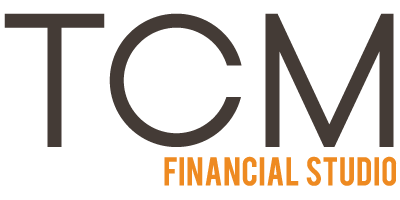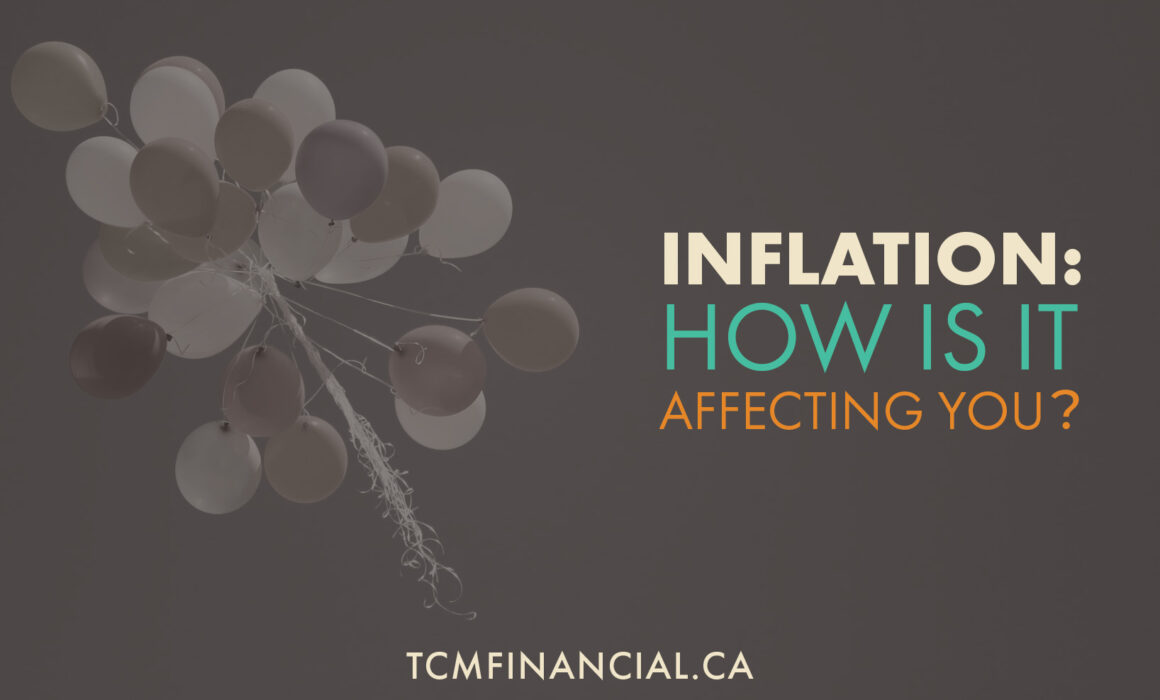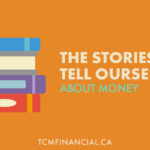Inflation: How is it Affecting You?
As we move into summer, more and more media coverage is being given to Canada’s high inflation rate. With a current rate of 7.7%, the highest in close to 40 years, many households are worried about their financial situation and the rising cost of… well, everything! Not all households are created equally though. Your personal inflation rate, the rate at which your costs have increased, is likely going to be different than the aggregate Canadian inflation rate.
We all have different needs and wants when it comes to where we spend our money. Take transportation for instance. It is an area of a lot of our budgets that is seeing a major cost jump due to rising gas prices. With transportation being one of the highest household expenses across Canada, people are naturally starting to get worried. It doesn’t help that the rising fuel prices are also starting to hit our grocery bills, as the cost to get food to where it needs to go also increases. This is why knowing how inflation is affecting your own financial situation is so important, as it is going to be different for each person. What about someone who doesn’t drive a vehicle and chooses to walk or use other modes of transportation, for instance? Their personal inflation rate when it comes to transportation will be much lower than someone in a rural community that drives to the city every day for work, or a family transporting their kids to all of their weekly activities.
While news of a rising inflation rate may seem alarming, do you actually know how it is affecting your household? It’s natural to be stressed about seeing prices rise, but things may not be as bad as they seem. The key in ebbing these worries lies in our own finances and budgets. If we know where our money has been going over time, we can determine whether there is cause for concern or not.
As much as we all wish we could control inflation, we can’t, so looking for other places in our budgets where we can control spending is a great place to start. Looking at your discretionary (non-essentials) vs. non-discretionary (essentials) spending is key if you find yourself going over budget. Separating your spending into these two categories may help you find that some of your discretionary spending can be cut or paused. That doesn’t mean you have to scrap your entire entertainment budget or stop driving to the lake on the weekends either. Rather, it brings the opportunity to take a good, hard look at where your money is going and how you can be spending more mindfully. This will ensure your needs are being met so that you feel less stress from the effects of rising prices. And hey, you might just find a few subscriptions you forgot you were paying for and not using along the way!
The information in this document has been prepared by Taylor Hewson and Connor Hewson, registered investment advisors with PEAK Securities Inc. The information has been obtained from sources considered reliable and relevant. The information in this document is general in nature and may not be complete in regards to your personal situation. This document does not constitute investment advice. The opinions expressed above do not necessarily reflect those of PEAK Securities Inc. Peak Securities is not liable for the content of this document.



